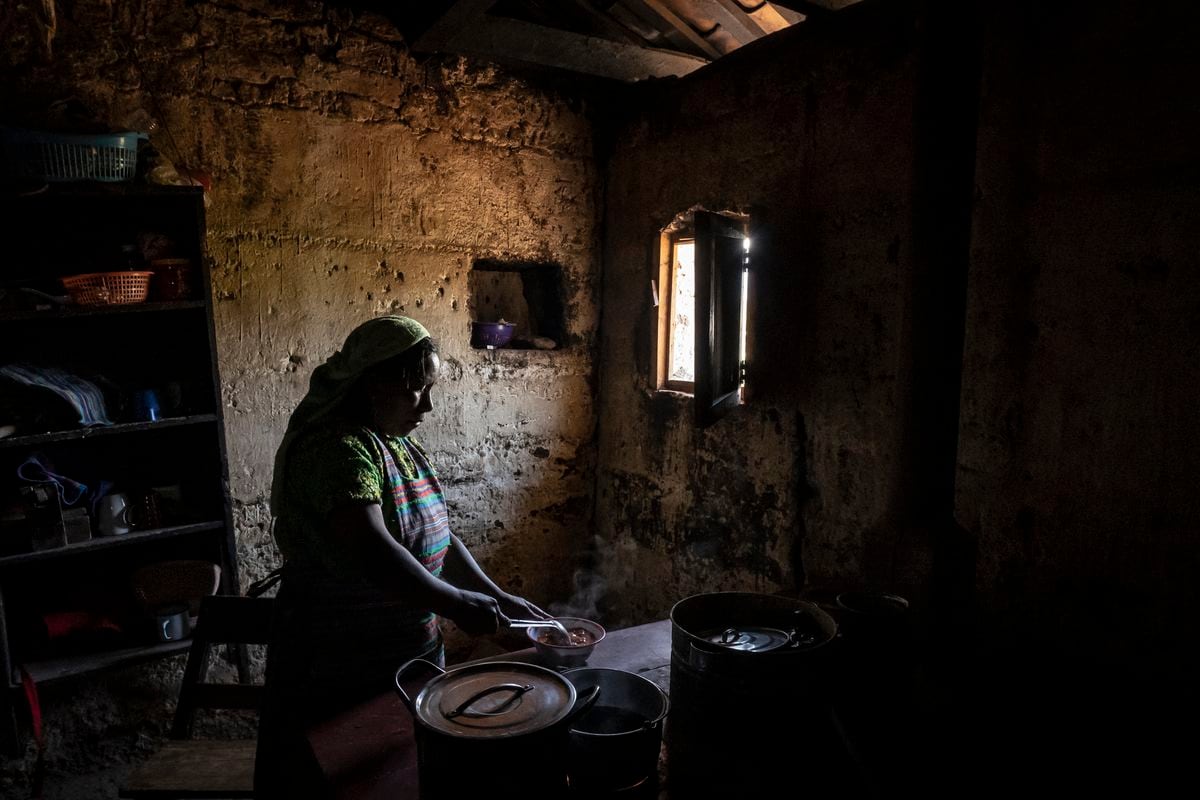- Click to share on Facebook (Opens in a new window)
- Click to share on Twitter (Opens in a new window)
- Click to share on LinkedIn (Opens in a new window)
- Click to email a friend (Opens in a new window)
More cases in Latin America in 24 hours than in the US
(CNN Spanish) - Almost three months after the coronavirus reached Latin America, the region is reaching its peak of infection.
This Thursday, it surpassed in new cases the United States and Europe, which were previously the focus of the pandemic.
Look at these 7 data that show the reality of the pandemic in the region:
1. Until this Thursday, Latin America has reported more new cases than the US. or Europe for three days in a row
The increase is driven by a high number in Brazil, Peru and Mexico. Latin America reported 32,854 new cases of covid-19 on Wednesday alone; more than half were reported in Brazil.
2. Brazil is the third country in the world with the highest number of infections
People enjoying the outdoors in Rio de Janeiro, Brazil. (PIMENTEL / AFP via Getty Images)
More than 310,087 cases (at the close of May 22, in the morning, according to data from Johns Hopkins University) put Brazil in the ranking of the countries with the most infected. First is the USA with more than 1.5 million, followed by Russia with more than 326,000 cases.
3. Brazil is also in another infamous ranking: that of the countries with the highest number of deaths from covid
In the top 10 of the nations with the most deaths due to coronavirus, according to the Johns Hopkins University count, there are two Latin Americans. Brazil, with 20,047 deaths, and Mexico, with 6,510 (data from May 22). Look at the full list:
An aerial image shows people buried in the Vila Formosa cemetery on the outskirts of Sao Paulo, Brazil being buried (NELSON ALMEIDA / AFP via Getty Images)
1. 🇺🇸 USA: 94,702 deaths
2. 🇬🇧 United Kingdom: 36,124 deaths
3. 🇮🇹 Italy: 32,486 deaths
4. 🇫🇷 France: 28,218 deaths
5. 🇪🇸 Spain: 27,940 deaths
6. 🇧🇷 Brazil: 20,047 deaths
7. 🇧🇪 Belgium: 9,186 deaths
8. 🇩🇪 Germany: 8,203 deaths
9. 🇮🇷 Iran: 7,249 deaths
10. 🇲🇽 Mexico: 6,510 deaths
4. These are the countries with the most deaths per 100,000 inhabitants in Latin America (according to Johns Hopkins University)
Ecuadorian scientific police cover the body of a woman who died of unknown causes amid the pandemic in Quito, Ecuador. (CRISTINA VEGA RHOR / AFP via Getty Images)
1. Ecuador: 17.20 deaths per 100,000 inhabitants
2. Peru: 9.84 deaths per 100,000 inhabitants
3. Brazil: 9.57 deaths per 100,000 inhabitants
4. Mexico: 5.16 deaths per 100,000 inhabitants
5. Chile: 3.14 deaths per 100,000 inhabitants
5. The Amazon is a red zone of covid-19 infections and could suffer a "disproportionate impact"
The Amazon could suffer a "disproportionate impact" from covid-19, according to a report by the Pan American Health Organization, published on May 19. In this region, which includes territories in 8 countries, great biodiversity, vulnerable indigenous peoples converge and in general, it is a remote terrain and neglected by governments due to difficult access. Now the coronavirus is advancing there at high speed and is adding to problems such as deforestation, which does not stop even in the pandemic, and the effects of the devastating fires of late 2019. The cities of Manaus, Iquitos and Leticia are sources of contagion. in the region. CNN en Español correspondents in Brazil, Peru, Colombia and Ecuador tell us how local governments are facing the situation and the looming little prospect.
Look it here:
The Amazon suffers more from the covid-19 5:086. Thus they passed the mark of 100,000 cases
In Latin America, Peru and Brazil are the ones that at the moment have reported more than 100,000 infected.
Peru reported its first case on March 6, and on May 20 it crossed the 100,000 barrier. Reaching that number took a month and a half.
Funeral of a coronavirus victim in a cemetery in Lima,
Peru. (ERNESTO BENAVIDES / AFP via Getty Images)
The new coronavirus arrived in Brazil earlier, on February 26, in fact it is the first country in Latin America that registered cases of covid-19.
On May 3, it exceeded 100,000 infections. Two months and a week passed.
7. The number of deaths has exceeded the capacity of funeral services in some countries
The Loreto region, in the jungle of Peru, can only be reached by air or river. The authorities have recognized that this is one of the places where covid-19 has exceeded the response capacity of the health system. That has led to images of patients in the hallways and of dead in bags stacked in the morgue of the largest hospital in this part of the country. Jimena De La Quintana has the images, which we warn may be disturbing, and the response of the authorities.
Look it here:
Health system collapses in Loreto, Peru, by covid-19 3:44In April, in Guayaquil, the epicenter of the epidemic in Ecuador, abandoned bodies could be seen in the streets and others in private homes waiting to be picked up.
Coronavirus in Ecuador: bodies on the streets of Guayaquil 6:53It is not clear if these are patients who died of coronavirus or other causes. Desperate family members cried out for help.
In May, the Ecuadorian Prosecutor's Office reported that it investigates the application of protocols for the management of corpses in three public hospitals in Guayaquil.
In a statement, the Prosecutor General's Office stated that it seeks "to find those responsible for the identification of those who died during the coronavirus pandemic."


/cloudfront-eu-central-1.images.arcpublishing.com/prisa/GSAG3AFDE5GZ7CR5RU42LT63UM.jpg)
/cloudfront-eu-central-1.images.arcpublishing.com/prisa/EMYXC3EVHNEG3OJHGIQCB2IVYA.jpg)

/cloudfront-eu-central-1.images.arcpublishing.com/prisa/2C5HI6YHNFHDLJSBNWHOIAS2AE.jpeg)

/cloudfront-eu-central-1.images.arcpublishing.com/prisa/ZU5KUJFBSRGVVM2SXJTZBZP3XI.jpg)
/cloudfront-eu-central-1.images.arcpublishing.com/prisa/Q6UJ4IEP6ZGLZLS3MSHF7LNYOU.jpg)
